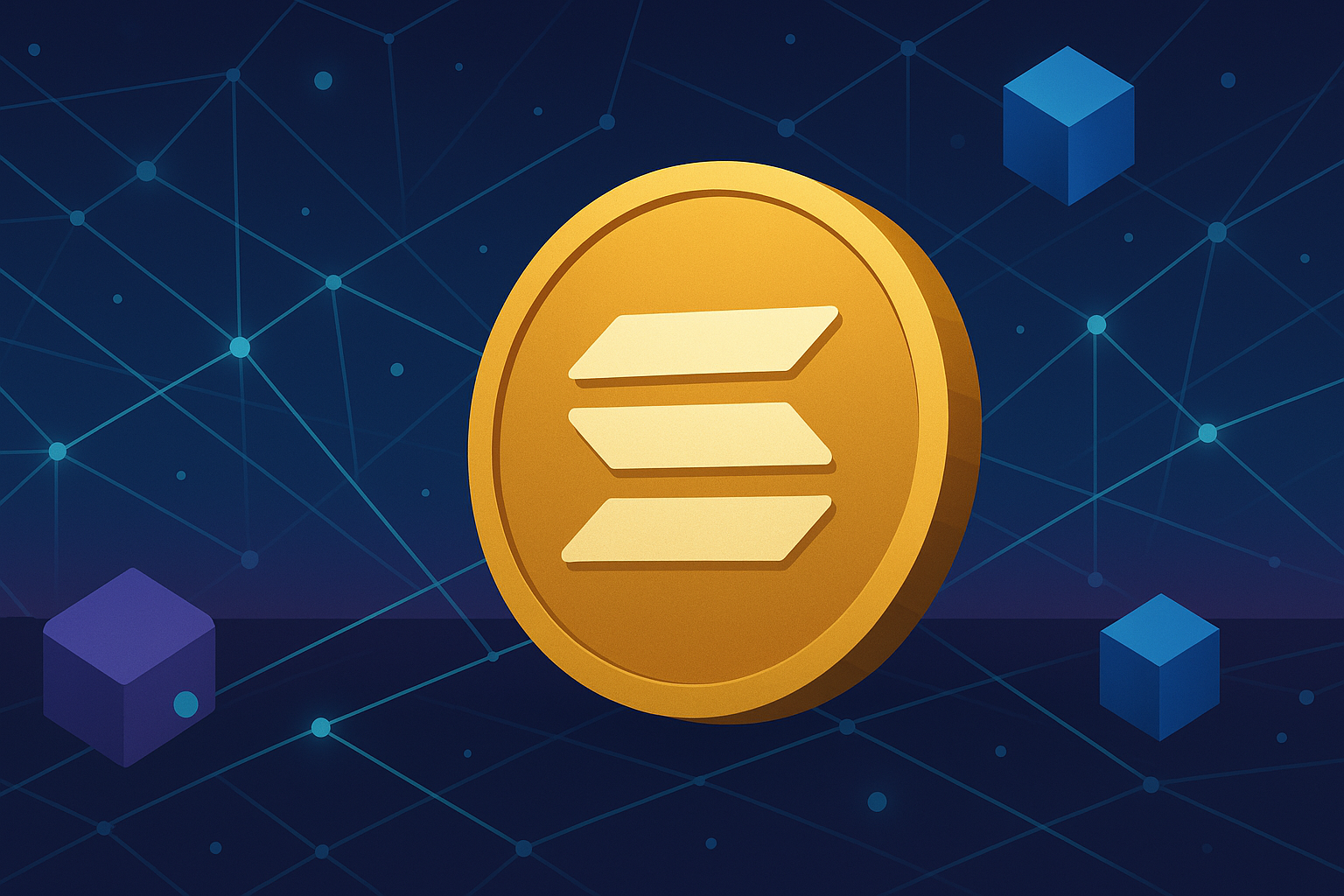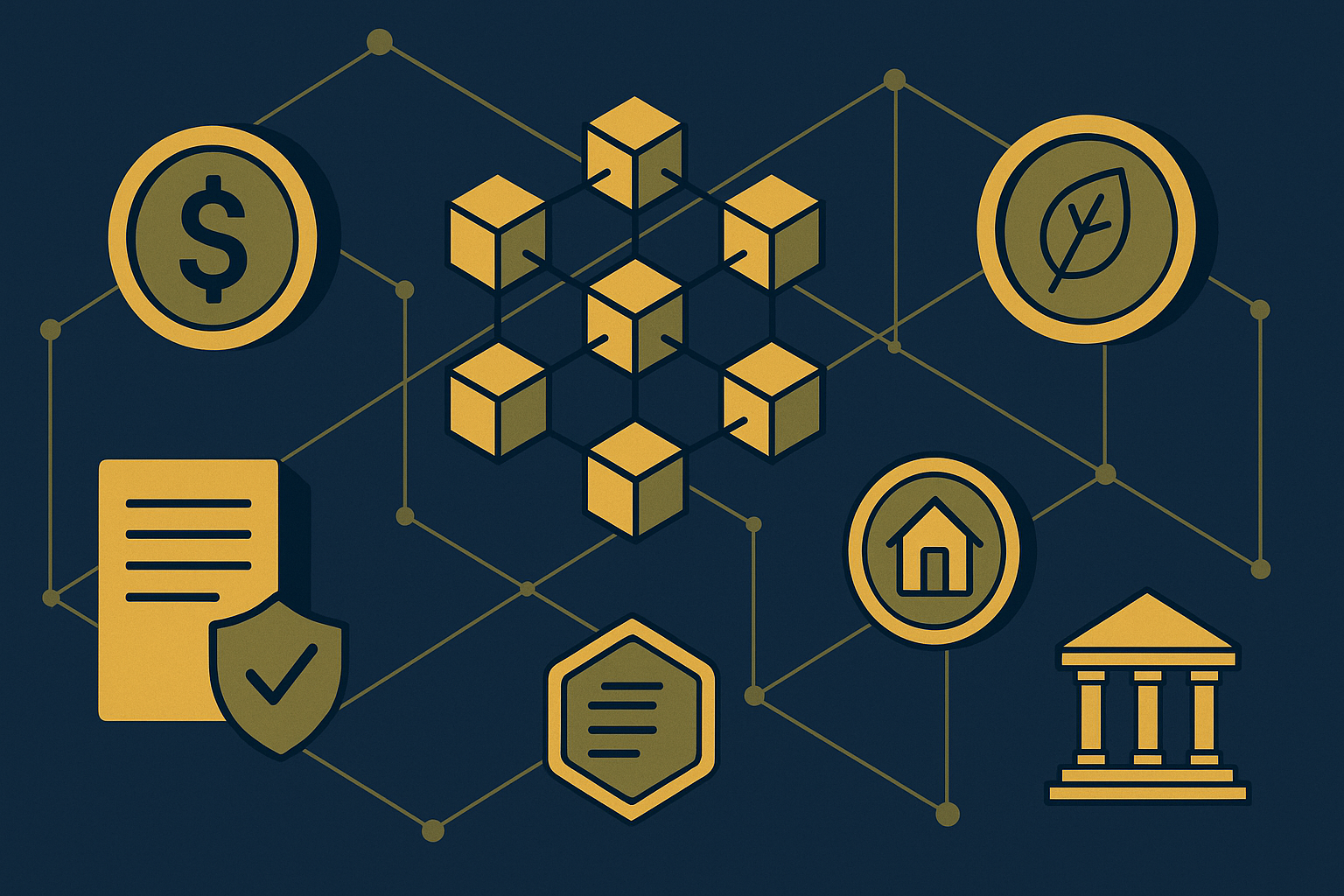
Launching a token is no longer just a technical exercise; it’s a coordinated product launch with engineering, security, liquidity, compliance, analytics, and growth all moving in lockstep. On Solana—where throughput is high and fees are low—specialist token development services compress that complexity into a streamlined, predictable path from idea to mainnet. This article explains how those services cut weeks or months off the clock, what they actually do behind the scenes, and where the biggest time savings show up for founders who need to ship fast without compromising security or credibility.
Why “time-to-market” is the defining constraint in Web3
In fast-moving crypto markets, windows of opportunity open and close quickly: a new narrative catches fire, a partner is ready to co-launch, or a regulatory environment shifts in your favor. The longer you wait, the higher the execution risk:
Competitors can fork your concept and move faster.
Community interest decays without tangible progress.
Unit economics change as liquidity conditions evolve.
Time-to-market (TTM) isn’t just speed for its own sake; it’s about de-risking market entry. Done well, accelerated TTM pairs velocity with repeatable engineering patterns, formal security checks, and launch operations that avoid “hurry up and break things” failures.
Why Solana is built for shipping quickly
Solana’s execution model is optimized for parallelism and low latency. Its Sealevel runtime processes many non-overlapping transactions simultaneously, which helps keep fees low and confirmations fast during peak demand. For product teams, that means fewer UX compromises and less time engineering around throughput limits.
The takeaway for founders: when the base layer is built for high performance, you spend less time designing workarounds and more time iterating on the product your users actually touch.
What “Solana token development services” actually include
A good services partner is more than a smart-contract shop. The most effective teams ship a platform around your token, typically covering:
Token design & implementation: SPL token or Token-Extensions (Token-2022) setup, supply mechanics, roles/authorities, mint/lock/vesting logic.
Security: threat modeling, reusable audited modules, unit/integration/fuzz tests, upgrade safety, key ceremonies.
DevOps: CI/CD for programs and frontends, deterministic builds, versioned deployments, canary releases, rollback plans.
Protocol integrations: wallets (Phantom, Solflare), RPC/indexers, custody, analytics, alerting.
Liquidity & listings: DEX integrations (AMM pools, launch pools, routing), CEX prep, market-maker handoffs.
Governance/ops: multisig setup, DAO scaffolding, role-based access, permission reviews.
Compliance support: transfer restrictions where needed, jurisdictional configurations, disclosures, and operational runbooks.
Growth & community: allowlists, quests, referral infra, airdrop tooling, communications calendar.
The result is a repeatable launch system, not one-off code.
Off-the-shelf primitives: SPL Token and Token-Extensions (Token-2022)
Solana token development program (SPL) is lightweight and proven. For more complex requirements, Token-Extensions (a.k.a. Token-2022) adds production-grade features—confidential transfers, transfer hooks for custom logic, extended metadata, fees, and more—without you reinventing those capabilities from scratch. Services teams leverage these extensions as modular Lego bricks, dramatically cutting solutioning and custom development cycles.
Where time savings show up:
Built-in compliance levers (e.g., required memos, non-transferable/pausable flags) reduce legal back-and-forth and rework.
Custom transfer logic via hooks supports allowlists/blacklists or programmatic fee splits with minimal new code.
Confidentiality can be turned on where it’s a business requirement, with known integration patterns for wallets and explorers.
Instead of drafting a bespoke token spec, teams assemble a design from well-understood components and reach a final, reviewable configuration in days—not weeks.
Frameworks that remove boilerplate: Anchor and friends
Most Solana programs today are written with Anchor, a framework that automates account validation, error handling, serialization, client generation, and test scaffolding. That means fewer low-level mistakes, faster iteration, and shorter code reviews. Official developer materials call out Anchor’s ability to reduce boilerplate and make programs easier to reason about—benefits that translate directly into lower TTM.
Practical accelerants you get “for free”:
Typed clients for frontends and scripts—no hand-rolled SDKs.
Deterministic instruction builders—fewer integration bugs.
Testing harness—unit, integration, and bank/cluster tests as a standard part of CI.
Upgradeable programs with controlled authorities and governance-ready patterns.
Services teams pair Anchor with hardened internal templates—vesting vaults, treasuries, fee routers—which they parameterize for your launch. You get the speed of reuse with the safety of code that’s already survived production.
DevOps that compress launch cycles
Shipping quickly is mostly an operations problem. Mature partners bring:
One-click environments: local validator → devnet → testnet → mainnet with the same scripts and checks.
Release gates: automated lint, type checking, Anchor build, deterministic artifact verification, coverage thresholds, e2e smoke tests.
Secrets & authorities: KMS integration, guarded program upgrade authorities, hardware-backed multisig (e.g., Squads-style) to avoid human error.
Rollback & incident playbooks: pre-baked “if-this-then-that” checklists so reversions take minutes, not hours.
Observability: transaction success rate, compute unit consumption, fee histograms, signature-level alerts, wallet funnel tracking.
Because these pipelines already exist, your team plugs in content (token params, copy, UX) rather than building infra from scratch.
Pre-integrated wallets, custody, and front-end SDKs
Wallet UX is where many launches lose time. Services save weeks by shipping:
Drop-in wallet adapters (Phantom/Solflare) with consistent connection flows and error states.
Transaction orchestration: pre-simulation, compute-budgeting, prioritization fees, and retry logic abstracted behind a single
sendfunction.Custody & treasury patterns: easy handoff to enterprise custodians or battle-tested multisig; clear runbooks for key rotations and emergency freezes.
UI kits: funding/bridge modals, token-account creation flows, and helpful failure messages so your support team isn’t buried post-launch.
You’re not negotiating edge cases at T-24h; the edge cases were already solved a dozen launches ago.
Surviving mainnet traffic: fee strategy and congestion playbooks
Production traffic on Solana ebbs and surges. The difference between a smooth mint and a stalled one is often fee strategy and compute budgeting:
Priority fees: by estimating compute units per transaction and multiplying by a competitive compute-unit price, your txs land faster during contention.
Local fee markets & QoS upgrades: as Solana has iterated on fee structures and validator economics, devs have gained more tools to route around hot-spot congestion and reduce failure rates. Partners who track these changes bake the right defaults into your clients, removing guesswork during launch week.
In practice, the playbook looks like: simulate → set compute budget with headroom → set priority fee bands → batch where safe → retry with backoff and alternate RPCs → fall back to a “lite path” if the UI detects cluster stress.
Security that doesn’t slow you down
Security work is time-consuming if you start from a blank page. Services accelerate the process by standardizing:
Threat models per token pattern (utility, revenue share, governance, access).
Code libraries with known behaviors and test vectors (escrow, vesting, time-locks).
Audit-ready repos: documentation, invariants, scripts, and proofs of test coverage in place before auditors even look at the code.
Key ceremonies run like a flight checklist: quorum thresholds, hardware devices, recorded verifications, and dry-runs.
The result is fewer audit cycles and faster approvals—one of the biggest calendar wins on any launch.
Liquidity, price discovery, and listings—without chaos
Getting your token into users’ hands quickly requires forethought:
DEX launch design: pool sizing, initial pricing bands, and controlled emissions avoid runaway volatility.
Routing & aggregation: integrations with leading routers help users find best execution without your team micromanaging liquidity across venues.
CEX readiness: technical docs, chain analytics, and compliance materials ready for listings reduce back-and-forth.
Market-making handoffs: clean, API-driven reporting on inventory, unlock schedules, and treasury positions.
Because services teams have run this loop repeatedly, they compress the iteration time from “we should be tradable” to “users are trading reliably.”
Governance & operations with day-one discipline
Shipping a token means running it like a product:
Multisig and role-based permissions for mint authority, freeze authority, upgrade authority, and treasury movements.
DAO scaffolding (e.g., proposal templates, emergency powers, time-locked changes) so you can ship fast and stay accountable.
Runbooks for common ops: pausing transfers, rotating keys, amending metadata, triggering vesting events, or minting additional supply within caps.
Pre-built governance prevents “waiting for ops” delays when you need to adjust post-launch.
Case in point: Helium’s migration and the power of Solana’s scale
When Helium moved from its original L1 to Solana in April 2023, the project cited the ability to scale network activity and support more sophisticated features as key reasons for the migration. Post-move, Helium reported greater capacity for its IoT and Mobile networks, with the operational benefits described in both Helium and Solana materials. For founders, the lesson is straightforward: building on an execution-optimized chain—and with teams who know how to harness it—removes structural bottlenecks you’d otherwise spend months fighting.
Compliance features without bespoke engineering
Where jurisdictions or partners require constraints, Token-Extensions can provide:
Non-transferable or pausable flags for employee allocations or lock-ups.
Required memos to attach compliance metadata or references to off-chain attestations.
Transfer hooks that call out to compliance services before settlement.
Because these are standard extensions, lawyers can review known behaviors while engineers configure—not invent—controls. That accelerates both legal sign-off and integration testing.
Data, analytics, and alerting from day one
You can only optimize what you observe. Services teams typically wire in:
Indexing & search for on-chain events, with dashboards for mints, transfers, unique holders, and churn.
Funnel analytics across wallet connect → approve → confirm, so you know exactly where users drop.
Alerting on transaction failure spikes, compute-unit regressions, or fee anomalies—so issues are caught before Twitter does.
Most of this is boilerplate for experienced teams; you shouldn’t be inventing telemetry during your launch.
A 30/60/90 launch blueprint (what it looks like when it’s streamlined)
Days 1–30: Design & foundations
Choose SPL vs. Token-Extensions; define supply, authorities, vesting.
Stand up repo with Anchor scaffolds, env configs, and CI gates.
Implement token, vesting vaults, fee router; write tests; run fuzzers.
Draft docs for audit; start wallet & explorer integrations.
Begin liquidity plan and market-maker outreach.
Days 31–60: Integrations & audit
Finish wallet UX, priority fee & compute budgeting strategy.
Run full devnet/testnet cycles with scripted load tests.
Pass audit with minimal remediation (because primitives are standard).
Prepare governance: multisig setup, DAO scaffolding, emergency powers.
Dry-run launch with canary environment, complete incident playbooks.
Days 61–90: Launch & iterate
Open liquidity with staged parameters; enable routing.
Enable emissions or incentives (if applicable) with capped budgets.
Monitor dashboards; tune fee bands & compute budgets.
Announce governance and roadmap; hand over runbooks.
Because most steps are templatized, this timeline holds; you’re not stuck reinventing systems late in the game.
Build vs. buy: the ROI of a proven launch system
Could an in-house team deliver all of the above? Yes—given enough time. But the economic question is whether you want to fund the learning curve:
Calendar time: partners compress 12–16 weeks of first-time setup into a few weeks of configuration and review.
Opportunity cost: while specialists wire the chain-level pieces, your team focuses on product, partnerships, and community—areas outsiders can’t own.
Risk reduction: fewer unknown unknowns; more reuse of code and operations that have shipped repeatedly.
Talent leverage: your devs learn the patterns by pairing rather than burning cycles discovering them under launch pressure.
In bear or bull conditions, a reliable path to mainnet is worth more than bespoke elegance.
Conclusion
Solana’s architecture gives founders a head start: parallel execution, low latency, and a maturing fee model that rewards well-formed transactions. On top of that, token development services transform scattered tasks—contract design, audits, wallet UX, liquidity, governance, analytics—into a single conveyor belt. They rely on standardized primitives like Token-Extensions, development frameworks like Anchor, and playbooks for fees and congestion. The outcome isn’t just speed; it’s repeatable speed with guardrails.
If you’re choosing where to build and how to launch, the winning combination is a performance-oriented chain and a partner that treats your token like a product, not a code drop. That’s how you reduce time-to-market without creating tomorrow’s risks today—and how you give your users a launch that feels reliable from the very first transaction.









Write a comment ...